If you notice particles coming out of your showers and the faucet, it is best not to neglect it, however minor the issue may seem. Sediment in your water line can increase the chances of clogging, and it may reach a point where it will hardly get water from any source. To help you overcome these problems, we’ve prepared a few tips on how to clean sediment from water lines effectively, even if you’ve never done this before.
Contents
How to Clean Sediment from Water Lines
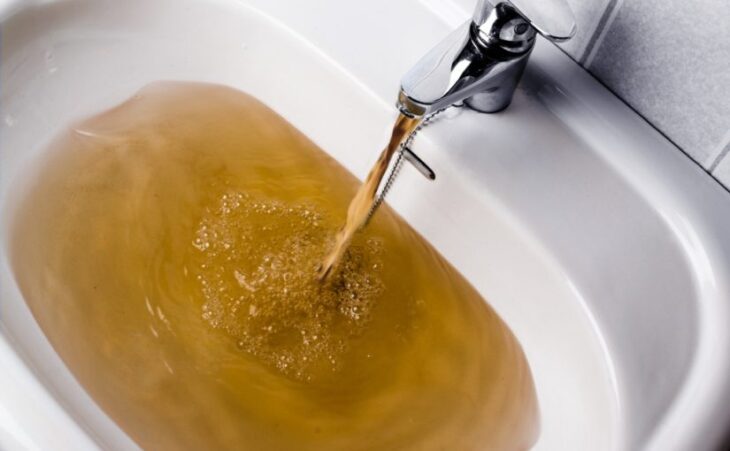
Source: Clean Water Store
Effects of Sediment in Your Water Lines
Sediment can negatively impact the overall quality of your water, including the odor, taste, and feel. It can also damage your water-based appliances and reduce the efficiency of your plumbing system.
What Causes Sediment Formation in Pipes?
Sediment can form in pipes for a variety of reasons:
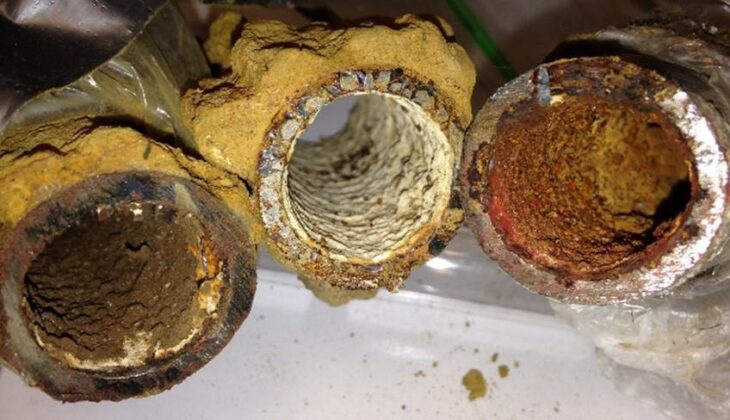
Source: Garage
Rust
If your plumbing system contains iron pipes, rust may form inside the pipes leading to sediment build-up. Rust is formed when iron reacts with water and oxygen. Atomic rusts are relatively heavy, hence tend to settle at the bottom of the pipe.
Limescale
Limescale deposit build-up is a common issue with hard water. Such deposits often show around the showerhead, faucet, and other plumbing fixtures. They can be an indication that the condition inside the water lines is severe.
Regular de-scaling is recommended to prevent sediment build-up and pipes from being clogged with calcium.
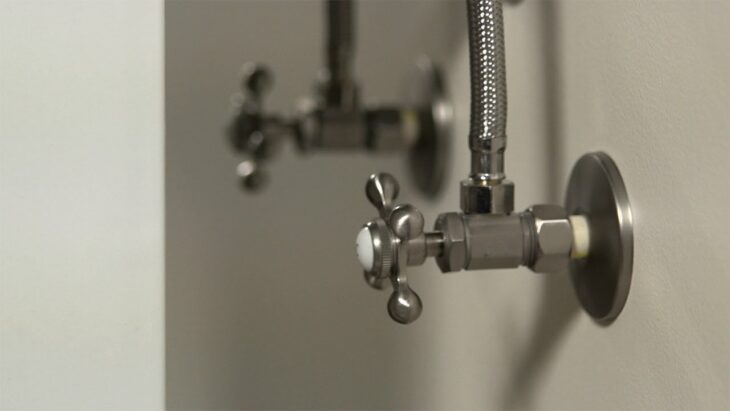
Source: Signature Hardware
Other Contaminants
Contaminated water can also enhance sediment formation in your plumbing system. This is common with metal-based pipes with rough surfaces. The contaminants tend to stick to the pipe’s surface, leading to rapid sediment formation over a short period.
It’s important that you identify and fix the source of the sediment problem as soon as possible to prevent it from worsening. The most effective solution for your problem will mostly depend on the source. Therefore, ensure to first understand the source before looking at the available solutions.
You can simply open the faucet near the main source to determine whether sediment has formed. You should then leave the faucet for a couple of minutes before placing a small white container below to check for the sediments.
Tips on How to Clean Sediment from Water Lines
Once you have confirmed the presence of sediment in your water lines, the next step would be to clean the sediment. The cleaning process is pretty much straightforward, and you won’t need to have specialized training or skills. Below are some of the most effective tips and steps of sediment cleaning.
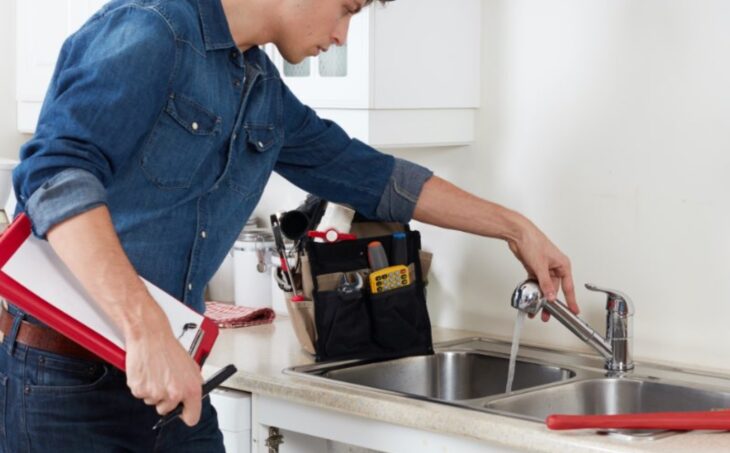
Source: wecleanwaterpipes.com.au
Remove the Filters if Any
If you have installed filters in your faucets, gently remove them and ensure you remember how to put them back in. To prevent the filters from falling inside the drain, you can place a small towel over the drain.
Flush the Sediment Off
Flushing is one of the simplest methods of sediment cleaning. Start by emptying the tank by opening all the cold water taps. The taps should run for about 20 minutes – it can be more convenient if you have a significantly larger tank.
If the sediments are being removed, you will notice an increase in water pressure coming out of the faucets. Next, open the faucets to full capacity without turning on the pump. If the pressure increases relatively, it means the process was successful.
However, if the flow rate remains almost the same, the sediments may not have been fully removed.

Source: The Spruce
Use Productive Chemicals
The use of relevant chemicals can be a fast and efficient process to remove sediments in your water lines. However, you may need some background knowledge about the chemicals, including their uses and the recommended safety tips.
Ensure to put on the right gear before handling the chemicals, as instructed by the manufacturer. Next, fill the sink with water and block the overflow with a damp rag or stopper. This is to allow for the proper time for the chemical to mix with the water.
Wait for 10 minutes before opening all the taps at a significantly higher rate. Once broken, the sediment like rust and limescale will be forced to come out at high pressure.
Use Vinegar and Baking Soda
White vinegar and baking soda have, for a long time, been used to clean sediments and stains from water. The number of pipes that need to be cleaned will determine the amount of vinegar and baking soda you’ll need.
Start by mixing the vinegar with some water. Next, pour the baking soda at each pipe and pour the vinegar to cut through the sediments. Complete the process by opening all the faucets at high rates to clean all the rust from the water lines.
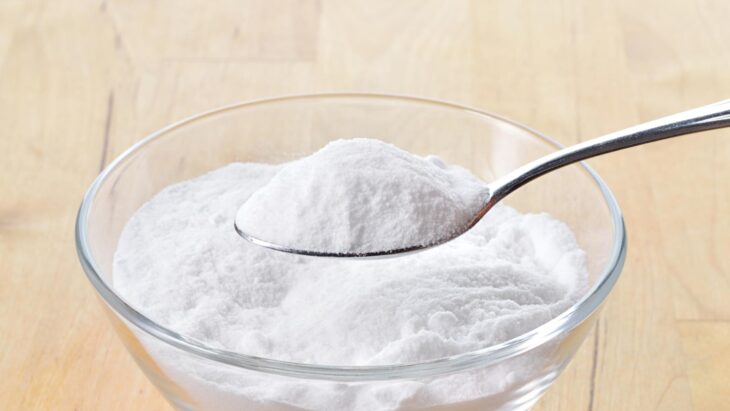
Source: iFixit
Install a Whole-House Sediment Filter
If you’re constantly experiencing stray sediments in the water even after performing the steps above, you may consider installing a whole-house sediment filter. A good filter can help catch most particles, reducing the frequency of the need to clean your water lines. You may check more tips on how water filters work to get the best out of the sediment filter in your home. You can also visit healthykitchen101.com to learn how to combine it with other micron-filters and water softeners for the ultimate results.
Most filters come with a built-in mesh to prevent the passage of various sediment particles. Some filters also contain a variety of customizable filter cartridge options designed for various filtration needs.
Knowing When to Call a Professional
The water lines may be severely clogged, or there may be other severe problems on top of the sediment issue. If this is the case, don’t risk taking matters into your own hands, as you may cause more damage. You may want to leave it to a professional experienced with this line of work.
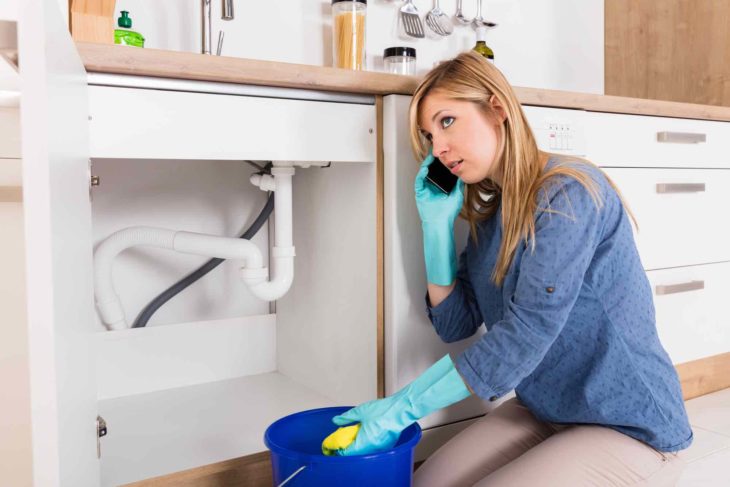
Source: fixitrightplumbing
The Bottom Line
It’s normal for your water lines to collect sediment over time. But once it starts to build up, it tends to disturb the system, and you may notice tiny particles or color changes in your water.
It’s essential that you clean the sediment to keep your water lines clean and efficient. You only need to follow the steps above on how to clean sediment from water lines.
There’s no set schedule for how frequently you should clean your water lines. However, ensure to regularly check for any sediment build-up before it gets worse.
